Unlock Wheel Ceramic Coating’s Power: Choose, Apply, Maintain
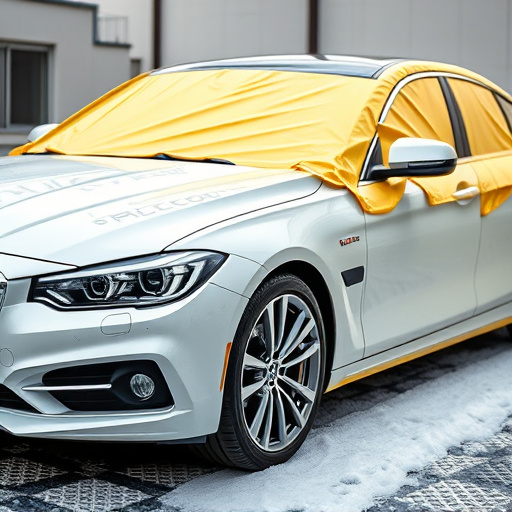
Choosing the right wheel ceramic coating improves aesthetics and protects wheels from environmental…….
In the ever-evolving landscape of industrial coatings, wheel ceramic coating has emerged as a game-changer, offering unparalleled strength, durability, and versatility. This advanced protective layer is transforming various sectors by enhancing the performance and longevity of critical components, particularly in extreme conditions. In this comprehensive article, we will embark on a journey through the world of wheel ceramic coating, exploring its intricacies, global impact, economic implications, technological strides, regulatory landscape, challenges, and the promising future it holds. Get ready to discover how this innovative technology is redefining industries and shaping the way we protect our machinery and equipment.
Wheel ceramic coating, a sophisticated material science marvel, involves the application of a thin, durable ceramic layer onto rotating components, primarily wheels or axles. This process encompasses several key steps:
Preparation: The surface is meticulously cleaned and prepared to ensure optimal adhesion for the subsequent coatings.
Coating Application: A specialized ceramic solution is carefully applied, often through advanced spraying techniques, ensuring even coverage.
Curing: The coated wheel undergoes a precise curing process, allowing the ceramic material to harden and bond strongly with the substrate.
The core components of wheel ceramic coating include:
Historically, the concept of protective coatings dates back to ancient civilizations, but modern wheel ceramic coating technology emerged in the late 20th century with advancements in materials science and manufacturing processes. Its initial applications were primarily in high-performance industries, such as aerospace and automotive, where extreme conditions demand superior protection. Over time, its versatility has expanded its reach into various sectors, including:
| Sector | Applications |
|---|---|
| Automotive | Wheel and tire coatings for improved durability and aesthetics. |
| Aerospace | Engine components, landing gear, and structural elements for enhanced resistance to wear and tear. |
| Manufacturing | Conveyer belts, rollers, and bearings in harsh environments. |
| Mining | Drilling equipment and wheel assemblies for prolonged lifespan. |
The global impact of wheel ceramic coating is profound, with its adoption spanning continents and industries. Key trends shaping this market include:
Increasing Demand from Emerging Markets: Countries like India, China, and Brazil are witnessing rapid industrialization, leading to a surge in demand for durable coatings, particularly in the automotive and manufacturing sectors.
Sustainability Focus: There is a growing trend towards environmentally friendly coatings, with manufacturers developing ceramic solutions that reduce waste and minimize the ecological footprint.
Customization and Specialty Coatings: The market is witnessing a shift towards customized coatings tailored to specific industry needs, offering enhanced performance in unique environments.
Regional Differences: Europe leads in regulatory compliance for coatings, ensuring high safety standards. North America focuses on advanced technologies, while Asia-Pacific regions are witnessing rapid adoption due to industrialization and infrastructure development.
The economic implications of wheel ceramic coating are significant, influencing global supply chains and local industries. Here’s a breakdown:
Global Market Size: According to a 2022 report by Grand View Research, the global wheel ceramic coating market size was valued at USD 1.5 billion in 2021 and is expected to grow at a compound annual growth rate (CAGR) of 7.8% from 2022 to 2030.
Regional Analysis: Asia-Pacific dominates the market due to its large manufacturing base, followed by North America and Europe. The increasing demand for specialized coatings in these regions drives market expansion.
Key Players: Several international companies have established themselves as leaders in this space, including Sherwin-Williams, AkzoNobel, and Basf. These manufacturers offer a wide range of ceramic coating solutions, catering to diverse industry needs.
Research and Development (R&D): Substantial investments are made in R&D to develop advanced ceramic materials and innovative application techniques, ensuring the market’s growth and technological advancement.
Infrastructure Upgrades: Industries adopting wheel ceramic coating often require significant infrastructure investments, including specialized equipment and training for personnel, to effectively implement these coatings.
Cost Savings: By prolonging the lifespan of critical components, wheel ceramic coating can lead to substantial cost savings for businesses, particularly in industries with high maintenance expenses.
Increased Efficiency: Improved component durability results in reduced downtime and increased productivity, positively impacting overall operational efficiency.
Job Creation: The growth of this sector contributes to job creation, especially in manufacturing, research, and application specialists.
The field of wheel ceramic coating has witnessed remarkable technological advancements, pushing the boundaries of what was once possible. Here’s a glimpse into some game-changers:
Nanotechnology: The incorporation of nano-particles in ceramic coatings enhances their properties, such as increased hardness, flexibility, and thermal conductivity. This technology enables the development of more versatile and high-performance coatings.
3D Printing for Coating Application: 3D printing techniques allow for precise, layer-by-layer application of ceramic coatings, opening doors to complex geometrically shaped components that were previously challenging to coat.
Smart Coatings: Researchers are exploring the integration of sensors and self-healing mechanisms into ceramic coatings, enabling real-time monitoring of component health and adaptive protection.
Digital Twin Technology: This innovative approach involves creating digital replicas of physical components, allowing for virtual testing of different coating formulations and application methods before actual implementation.
The development and application of wheel ceramic coating are subject to various policies and regulations, ensuring safety, environmental protection, and quality standards. Key considerations include:
Safety Standards: Many countries have established safety guidelines for coatings, particularly in industries with high health and safety risks, such as aerospace and mining. These standards ensure the biocompatibility and non-toxicity of materials used in coating formulations.
Environmental Regulations: Stringent environmental laws govern the disposal and recycling of ceramic coatings to minimize waste and pollution. Manufacturers must adhere to these regulations, often incorporating eco-friendly practices into their production processes.
Quality Assurance: Regulatory bodies mandate quality control measures for coating applications, ensuring consistent performance and durability. This includes testing procedures and certification standards.
International Trade Agreements: Global trade agreements impact the availability and adoption of advanced coatings, especially in regions with strict import regulations.
Despite its numerous benefits, wheel ceramic coating faces several challenges and criticisms that require thoughtful solutions:
Initial Cost Concerns: Implementing this technology can be expensive, particularly for small and medium-sized enterprises (SMEs). High initial investment costs may deter some businesses from adopting these advanced coatings.
Application Complexity: Proper application requires specialized skills and equipment, making it challenging for industries with limited resources or expertise. Training programs and partnerships between manufacturers and end-users can address this issue.
Environmental Impact of Raw Materials: Some ceramic materials have environmental implications during extraction and processing. Manufacturers must focus on sustainable sourcing and recycling practices to mitigate these concerns.
Performance Variability: The performance of wheel ceramic coatings can vary based on factors like surface preparation, application technique, and ambient conditions during curing. Standardized testing protocols can help overcome this challenge.
Let’s explore a few case studies that highlight the exceptional capabilities of wheel ceramic coating in diverse applications:
Case Study 1: Aerospace Industry – Engine Component Protection
A leading aircraft manufacturer faced challenges with engine components, experiencing frequent failures due to extreme temperatures and high-stress environments. They adopted a specialized wheel ceramic coating, incorporating advanced nano-particles for enhanced heat resistance and mechanical strength. The result was a significant reduction in component failure rates, extending the lifespan of critical engine parts and improving flight safety.
Case Study 2: Underground Mining – Durability in Extreme Conditions
A deep underground mining operation struggled with frequent wheel failures on their heavy-duty vehicles, leading to costly downtime. They implemented a ceramic coating system designed for harsh, corrosive environments. The coating provided an impenetrable barrier against dirt, moisture, and minerals, resulting in a 30% increase in wheel lifespan and substantial cost savings.
Case Study 3: Automotive Tire Coating – Enhanced Aesthetics and Performance
A tire manufacturer sought to differentiate its product line by offering a unique tire coating that improved both performance and aesthetics. They developed a ceramic coating with advanced color pigments, providing exceptional durability and a glossy finish. The coating also offered better traction and reduced rolling resistance, appealing to both consumers and commercial fleet operators.
The future of wheel ceramic coating is brimming with promise, driven by technological innovations, expanding applications, and growing demand from various sectors. Here are some key trends and considerations:
Personalized Coatings: Customized coatings tailored to specific industry needs will continue to gain traction, offering optimized performance for unique environmental conditions.
Integration of IoT (Internet of Things): The integration of sensors into ceramic coatings enables real-time monitoring and predictive maintenance, enhancing the efficiency and longevity of coated components.
Sustainable Focus: There will be a continued emphasis on environmentally friendly coatings, with manufacturers exploring bio-based materials and circular economy principles to minimize waste and reduce their ecological footprint.
Advancements in Nanotechnology: The microscopic world of nanotechnology will continue to unlock new possibilities, leading to even harder, lighter, and more flexible ceramic coatings.
Global Market Expansion: Emerging markets, particularly in Asia and South America, will witness rapid adoption due to industrialization and increasing demand for durable, high-performance coatings.
Wheel ceramic coating has emerged as a transformative technology, revolutionizing industrial applications across diverse sectors. Its ability to provide superior protection, enhance performance, and extend equipment lifespan is undeniable. As the world continues to evolve, this innovative coating will play an increasingly crucial role in shaping industries, ensuring efficient operations, reduced maintenance costs, and minimal environmental impact.
By understanding its fundamentals, global reach, economic implications, technological advancements, and regulatory landscape, businesses and decision-makers can harness the full potential of wheel ceramic coating. As we look ahead, the future prospects are promising, with continuous innovations poised to unlock new possibilities for this remarkable material science marvel.

Choosing the right wheel ceramic coating improves aesthetics and protects wheels from environmental…….

Wheel ceramic coatings offer superior weather protection against rain, snow, UV rays, corrosion, and…….

Proper wheel ceramic coating starts with meticulous surface preparation: cleaning, degreasing, and i…….
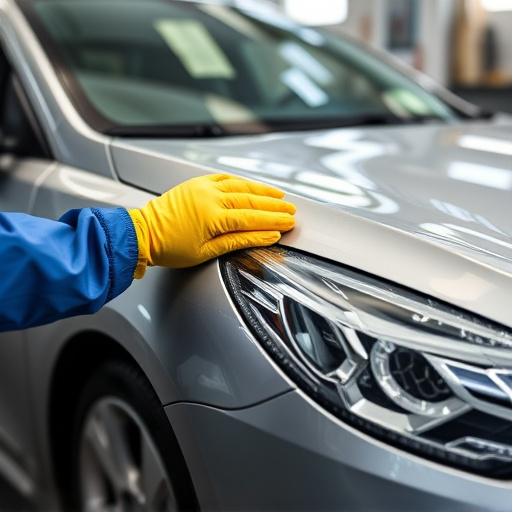
Wheel ceramic coating offers superior protection for vehicle wheels compared to traditional finishes…….

Wheel ceramic coatings protect vehicles from environmental damage, preventing corrosion and enhancin…….
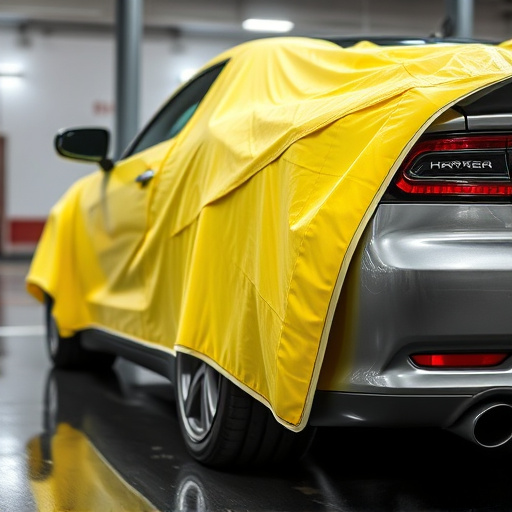
Choosing the right wheel ceramic coating offers durability against weather, scratches, and corrosion…….
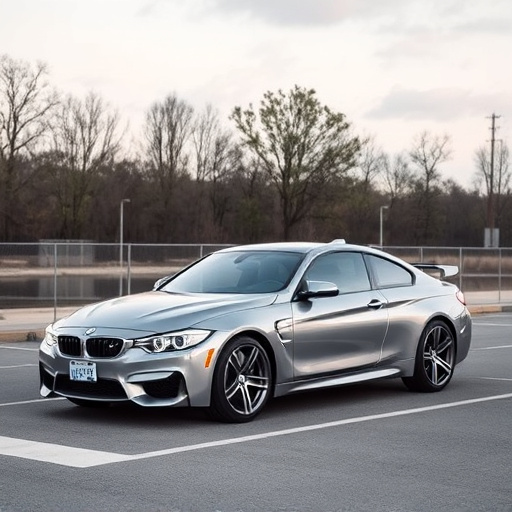
Wheel ceramic coatings protect against corrosion, scratches, and UV damage, maintaining a glossy fin…….
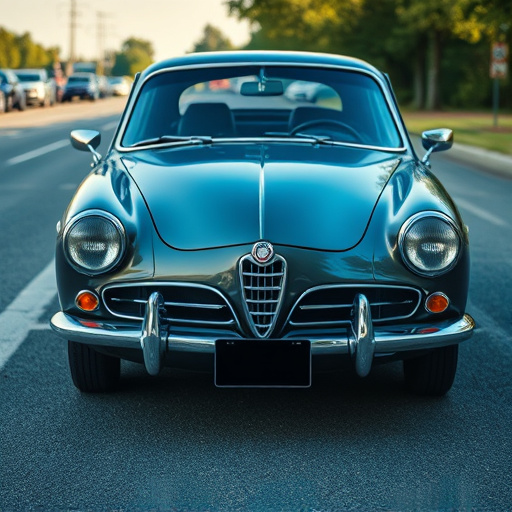
Wheel ceramic coatings offer durable protection and enhanced aesthetics for vehicle wheels. They shi…….
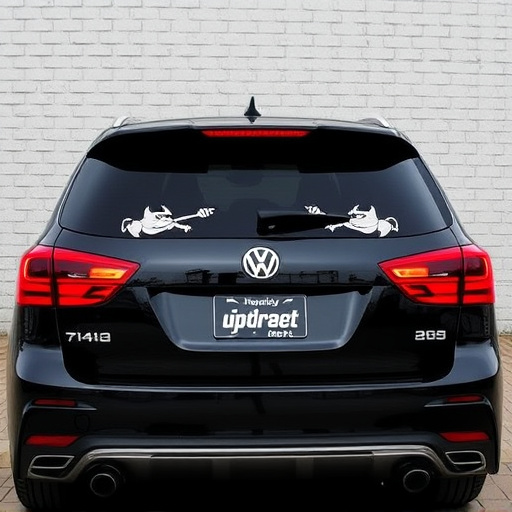
Prepare wheels for ceramic coating by washing and de-greasing with dedicated cleaners. Ensure a smoo…….